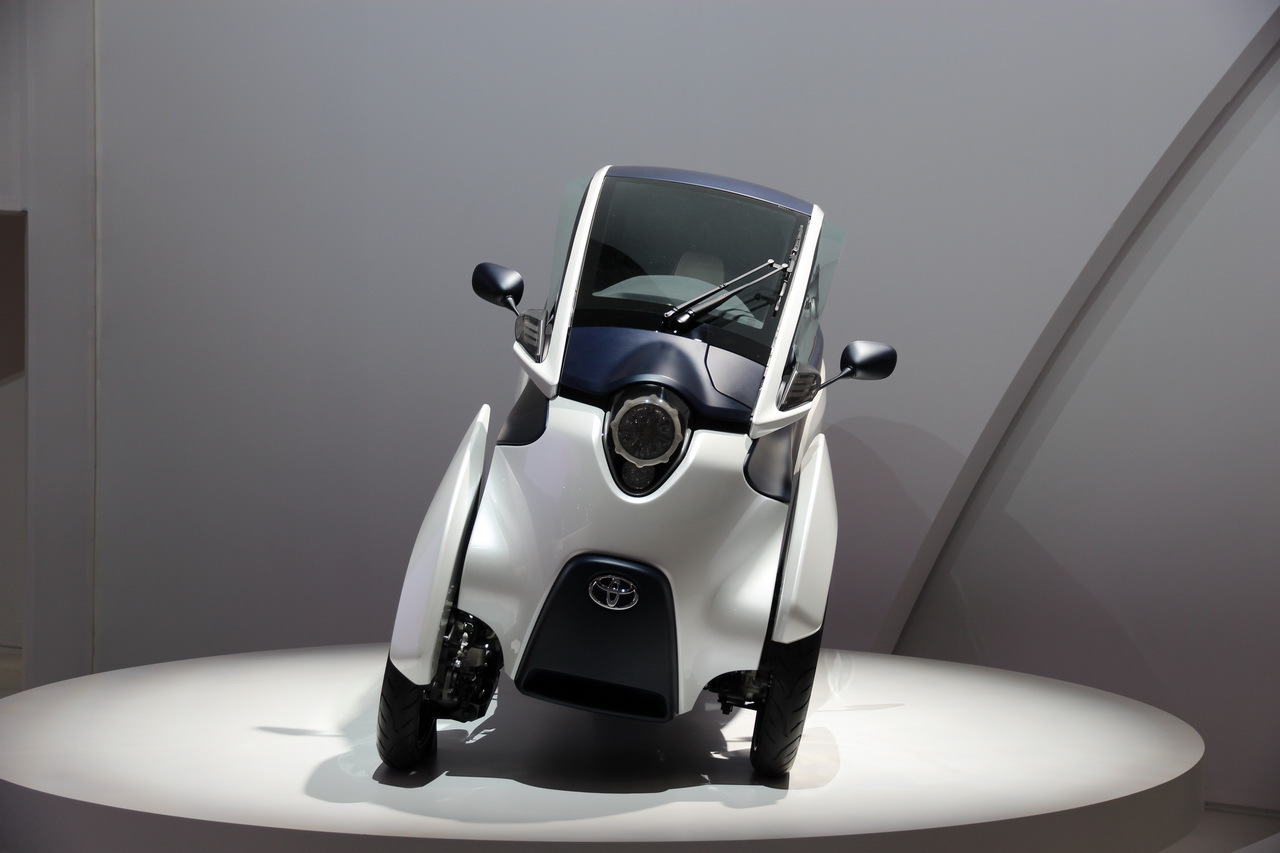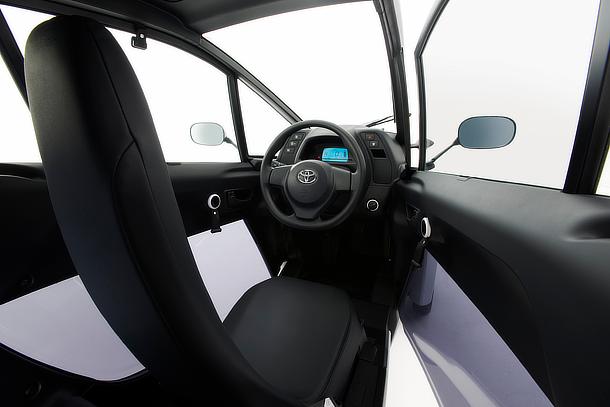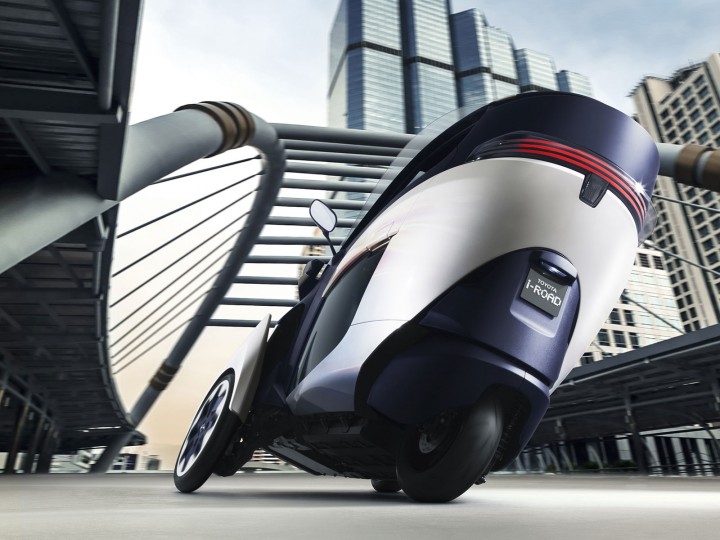At nearly every auto show, there are ambitious visions that automakers play with which tickle the imagination and present an extremely unlikely possibility for better transportation options in the future. The majority of cars on the road today are unsustainable. The question that these concept vehicles try to answer is, “When will humans accept the challenge of traveling better?”
It’s not an easy question to answer. In most cases, the roadblocks to entry for more efficient vehicles are insurmountable. Logistics, infrastructure, safety, style – they are all relatively embedded in the current world of standard 4-wheel cars of approximately the same size and functionality. SMART cars have had lukewarm success in changing the paradigm a little, but even they are simply miniature versions of current vehicles.
At the Geneva Motor Show earlier this month, Toyota unveiled the i-ROAD. It has all the ambition that many of its predecessors have demonstrated, but there’s something more to it. In many ways, it’s extremely practical. The technology behind the ability for the three-wheeler to lean into curves gives it the agility that others of similar size and shape have missed. The range is low – 30 miles on a charge – but for inner-city transportation it may be just enough as a start. It would need to expand the range to be truly practical, but everything has to start somewhere.
The vehicle is clearly a green vehicle with no emissions as well as low power consumption. Safety will always be a concern, but not necessarily any more than a motorcycle. If anything, having an enclosed cabin and the ability to stand upright while motionless make it a much safer vehicle than anything on two wheels today. Scooters and bicycles are still popular, after all. Why not the i-ROAD?
The key to making this concept vehicle a possibility is Toyota. The company, perhaps more than any other, has the ability to take risks in North American and European markets with vehicles that can be both profitable for the company as well as sustainable. They are the green car leaders with their Prius family of vehicles and their history of technological advances would aid in the much-needed trust factor that would be required to get the i-ROAD into and onto city streets.
As with any of these whimsical visions, the likelihood of seeing them in the wild is still low. However, the i-ROAD should not be dismissed as an auto show distraction. If it can be made real, this may be the right vehicle and Toyota may be the right company.
Here are some images and videos of the little ride.
https://www.youtube.com/watch?v=hMVZ4KeBVTI
https://www.youtube.com/watch?v=p4ZnaDE4Fxk
https://www.youtube.com/watch?v=XVLMX72bMD0














Toyota has a great concept (Narrow,
Enclosed, Tilting, Commuter); BUT its limited performance (30 mi.
range, 28mph speed) severely limits its practicality and
marketability in today’s society. While less than 30mph might be OK
for a city center; getting there on 45-55mph roads would be
impractical and dangerous. Most city dwellers live in apartments and
high rises and would find parking, storing and recharging
impractical. Might be good for a “Car Sharing” business. Now if
Toyota could come up with an i-Road-2.0 with 100 mile range and a top
speed of 65-75mph, then they would have the “Commuter of the
Future” for suburbanites , and would sell hundreds of thousands; I
know I’d buy one!